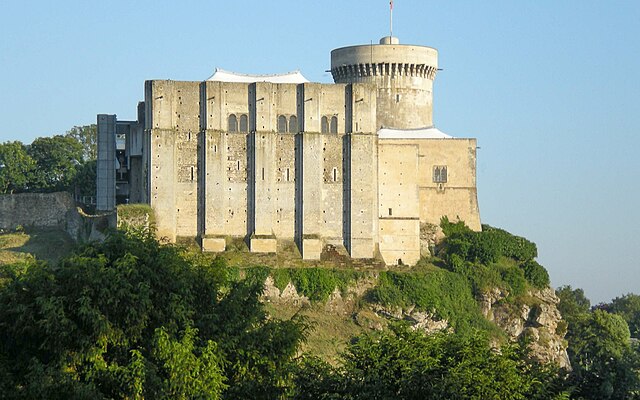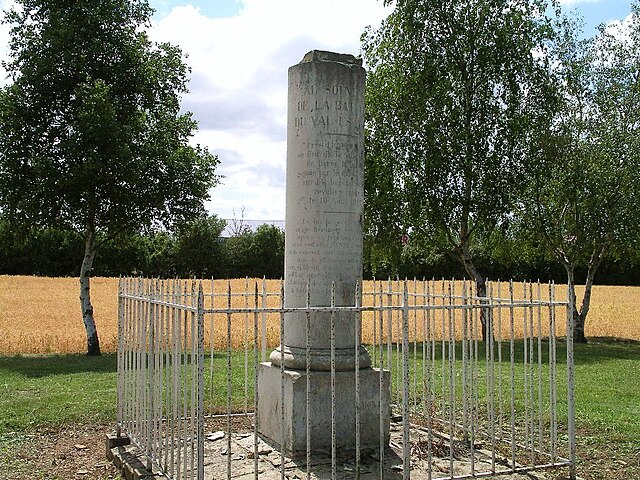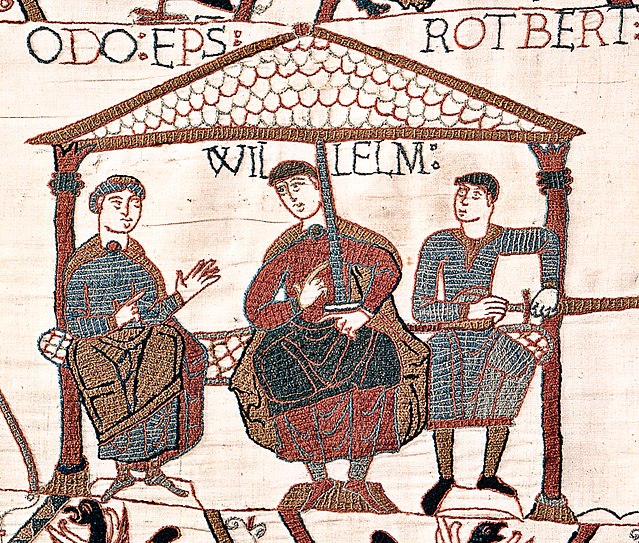Ralph de Gaël was the Earl of East Anglia and Lord of Gaël and Montfort. He was the leading figure in the Revolt of the Earls, the last serious revolt against William the Conqueror.
The Siege of Norwich Castle
Bayeux Tapestry Scene 18a
Norwich Castle keep, 2009
Waltheof, earl of Northumbria Croyland Abbey
William the Conqueror, sometimes called William the Bastard, was the first Norman king of England, reigning from 1066 until his death. A descendant of Rollo, he was Duke of Normandy from 1035 onward. By 1060, following a long struggle to establish his throne, his hold on Normandy was secure. In 1066, following the death of Edward the Confessor, William invaded England, leading an army of Normans to victory over the Anglo-Saxon forces of Harold Godwinson at the Battle of Hastings, and suppressed subsequent English revolts in what has become known as the Norman Conquest. The rest of his life was marked by struggles to consolidate his hold over England and his continental lands, and by difficulties with his eldest son, Robert Curthose.
William is depicted in the Bayeux Tapestry during the Battle of Hastings, lifting his helmet to show that he is still alive.
Château de Falaise in Falaise, Lower Normandy, France; William was born in an earlier building here.
Column at the site of the Battle of Val-ès-Dunes in 1047
Image from the Bayeux Tapestry showing William with his half-brothers. William is in the centre, Odo is on the left with empty hands, and Robert is on the right with a sword in his hand.








